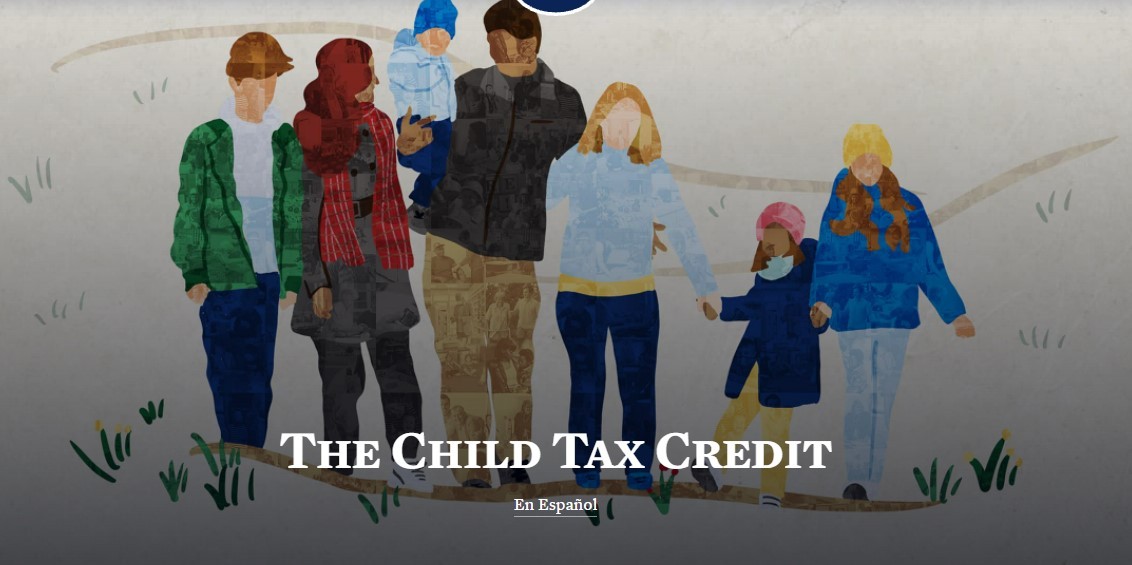Educational and Advocational Opportunities
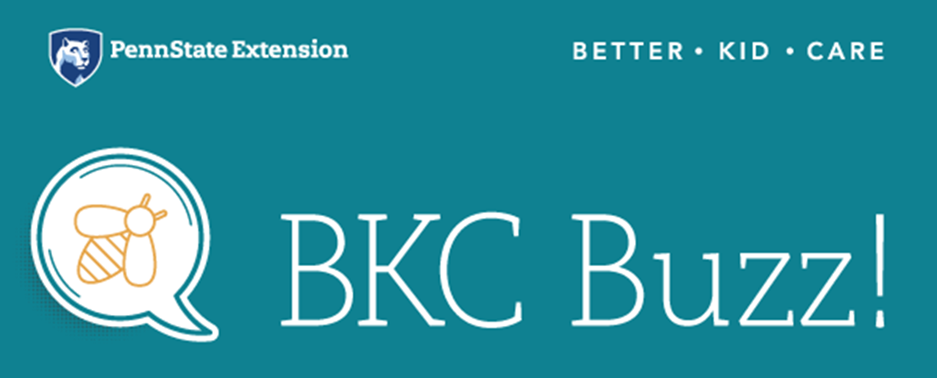

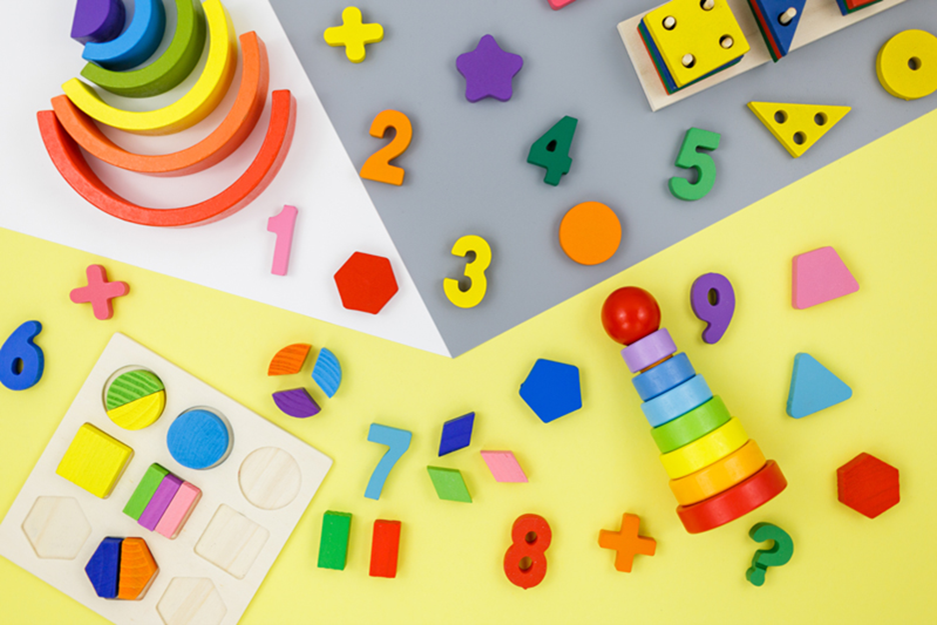
Making math fun in early childhood classrooms
Early math skills are foundational for school success and have been shown to relate to a whole host of later academic outcomes. Early math skills have been shown to not only have a strong association with later math skills but are also just as strong of a predictor of later reading ability than early reading skills! In addition, building early math skills can promote better executive functioning, which is critical for children’s learning throughout school, problem solving, and ability to get along with other children. In fact, children’s early math skills have been shown to predict high school graduation rates as well as career opportunities. Read more to get strategies to promote and support young children’s math skills early in their lives.
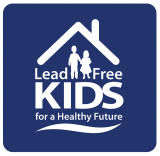
U.S. Environmental Protection Agency’s (EPA)
National Lead Poisoning Prevention Week
October 24 – 30, 2021
Each year, National Lead Poisoning Prevention Week (NLPPW) is a call to bring together individuals, organizations, industry, and tribal, state and local governments to raise awareness of lead poisoning prevention and reduce childhood exposure to lead.
EPA, Housing and Urban Development (HUD) and the Centers for Disease Control and Prevention (CDC) work together each year to develop outreach materials to be used by our partners, stakeholders and the general public as they plan, promote and host events and activities during NLPPW.
For NLPPW 2021, various materials have been developed around three key messages:
Get the Facts: Find out about lead exposure and the hazards of lead.
Get Your Home Tested: Find out how to minimize risks of lead exposure by hiring a certified professional to test older homes for lead.
Get Your Child Tested: A simple blood test can detect lead. Consult your health care provider for advice on testing your children.
At the link below you may find:
- Partner information kit
- Flyers and posters
- Web banners
- Lead free kids icons
- Sample press release and proclamation
- Sample social media package
- Social media images
- Printable banner
- Other resources
https://www.epa.gov/lead/national-lead-poisoning-prevention-week
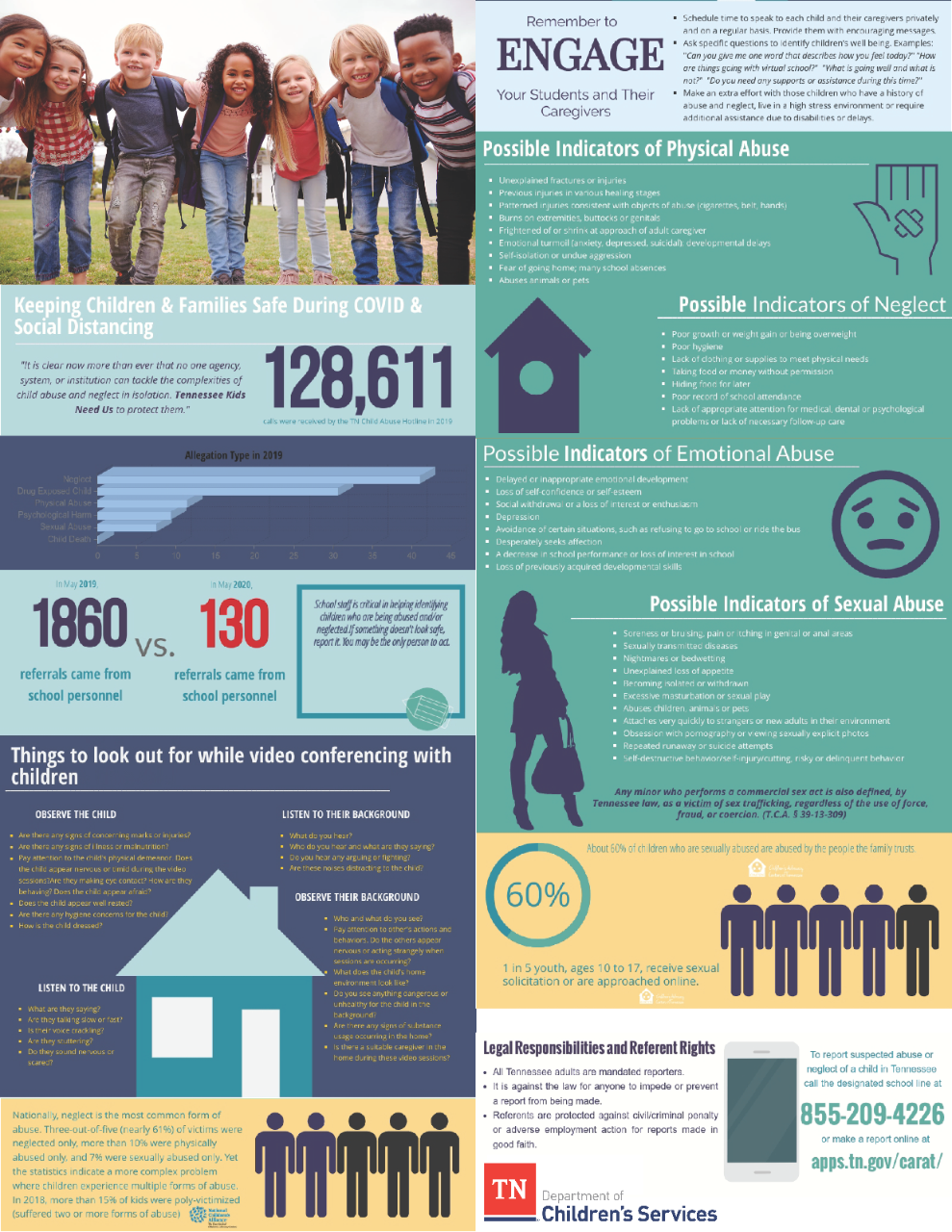

Learning doesn't stop once you start working.
Learning doesn't stop once you're put in charge.
In fact, learning becomes even more important as you grow in your career.
Especially in a child care center.
You suddenly have to know things like...
·
Are all your teachers following health and safety guidelines?
·
How do you handle re-training and on-boarding of staff who may have been working there for years?
·
How do you keep a happy, motivated staff when dealing with the unique stresses of child care?
·
How do you do all this without spending countless hours and dollars learning from mistakes?
We have bundled key courses to help you deal with these specific challenges and more. All these training courses are available online, so you can take them on your schedule. From your own computer, tablet, or smartphone.
We call it training at your fingertips.
We have different levels of packages depending on how much training you think you need.
For the next 7 days, we are offering a 10% off any of our online Director Training packages. Because we want you to be ready for whatever comes next.
Use promo code: DirectorsRule10 to save!
Click the button to find out more.
|
|
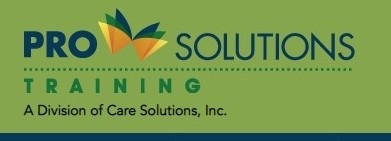
Tender Topics: Handling Trauma and Sensitive Issues with Young Children and Youth
According to the American Psychological Association, more than two thirds of children report experiencing a traumatic event by age 16. From traumatic events, such as child abuse and neglect or witnessing disturbing world events on the news, to sensitive topics, such as children’s questions about skin color or disabilities, young children and youth process these stressful events in many different ways.
This course will help with identifying stress related behaviors in young children, as well as ways to talk with them about those events in a way that supports and facilitates their ability to cope.
Cost: Free
Course Hours: 1
Register here: https://www.prosolutionstraining.com/store/product/?tProductVersion_id=1450
Staying Connected in Crisis: Using Technology to Communicate with Families
Technology has many useful tools for communicating, especially for classroom teachers and families. When schools and programs close, these tools can be very helpful in maintaining connection between home and school until face to face contact is reestablished.
This course will share some ways teachers can connect with the families they serve using various forms of technology.
Cost: $0
Course hours: This course is not approved for CEUs or annual training hours and is meant to serve as a resource for education programs.
Register here: https://www.prosolutionstraining.com/store/product/?tProductVersion_id=1884
LEARNING RESOURCES FOR KIDS

ALL SUBJECTS/SCHEDULES

SPECIALS: ART, MUSIC AND PHYSICAL EDUCATION (P.E.)

READING
- StoryOnline
- Squiggle Park and Dreamscape
- Play to Learn Preschool Storytime
- Audible Stories
- Kids Stories in ASL

HISTORY/SOCIAL STUDIES

VIRTUAL FIELD TRIPS
- Museums – Travel and Leisure, Boston Children’s Museum
- Zoos – EarthCam Animal Cams, Cincinnati Zoo Live Home Safari
- Aquariums – Monterey Bay Cams, Georgia Aquarium Ocean Voyager
- MARS!
- National Parks – Yellowstone National Park
- Puppet Shows – Georgia Center for Puppetry Arts Puppet Shows
- Farms - Virtual Farm Tours
10 NON-SCREEN ACTIVITIES FOR CHILDREN
They are super simple and require little to no materials besides things you would normally have in your home.
- MAKE YOUR OWN CRAYONS
Materials Needed: Broken crayons, muffin tin, oven
Do you have lots of broken crayons around your house? Gather up all of the broken pieces to make new crayons.
Instructions:
1. Peel off all paper and break crayons into smaller pieces if necessary.
2. Preheat your oven to 150 degrees.
3. Fill a muffin tin with an inch-thick layer of crayon pieces.
4. Bake for 15-20 minutes, or until the wax is melted.
5. Allow the muffin tin to cool completely, then pop out your new crayons.
These chunky crayons are perfect for small hands!
2. TAKE A WALK
Going outside has many health and learning benefits! Whether you take a walk around the neighborhood or explore your own yard, there is much to observe and learn. As you walk, talk about what you see. Pick a letter, talk about the sound it makes, and identify all of the objects you can find that start with that letter. For example, pick the letter “B” and look for a bird, butterfly, blossom, etc. Sound out the words and help your child try to spell them. Older children can practice writing the words and use the words in sentences. The outdoors are also great for math. Count the trees, look for a four-leaf clover and count the leaves. You can also pick a color and see how many things you can find of that color.
3. STEM CHALLENGE – NOODLE TOWERS
Materials Needed: Spaghetti noodles or other long noodles, play dough or tape
Use spaghetti noodles to see if you can build a tall tower. Use the play dough or tape to join noodles together.
4. MAKE YOUR OWN BUBBLES
Materials Needed: Water, dish soap, light corn syrup, large container, measuring cup, pipe cleaner or straw
Begin by adding 6 cups of water to a large container. Next add 1 cup of dish soap (try to not use a soap that is ultra concentrated) and stir slowly until the soap is dissolved. You do not want to create bubbles while you stir. Next, add ¼ cup light corn syrup to the container and mix together. For the best bubbles, put a lid on the container and let it sit overnight. You can also use the bubble mixture right away.
Create a bubble wand out of a pipe cleaner or the wire from a loaf of bread. You can also dip a straw in the mixture. *Adapted from homesciencetools.com
5. SCAVENGER HUNT
Materials Needed: Paper and pencil
This activity can be complete indoors or outdoors. If you have access to a computer and printer, you can create a scavenger hunt list with pictures and words. If not, draw pictures or let children create their own scavenger hunt lists. If you are completing the scavenger hunt outdoors, make a list of items children are likely to see: birds, squirrels, trees, flowers, etc. If you are completing the scavenger hunt indoors, you can hide items around your home or simply list common items. To make it more challenging for older children, you can provide clues and have them problem-solve to find the items. For younger children, you can switch things up and have them find all objects of a certain color or shape.
6. SINK OR FLOAT
Materials Needed: Large bowl, water, various household items that will sink and float, paper, pencil
Fill the bowl ¾ full of water. Create a chart on your paper with three columns for ITEM, PREDICTION, and RESULT. Write each item you will be testing along the left side of the paper. Take a moment to talk with children about how scientists conduct experiments and find out how things work. Also talk about the meaning of the words “prediction” and “result.” Before dropping each item into the water, ask the child to predict if it will sink or float. Have the child write an S for sink or an F for float in the prediction column. After dropping the item into the water, see if the prediction was correct and why or why not. Write an S for sink or an F for float in the result column.
7. MAKE YOUR OWN GOOP
Materials Needed: Cornstarch, water, bowls for each participant, paper towels/wipes for clean-up, optional food coloring
Combine equal parts cornstarch with equal parts water. You may also add a few drops of food coloring. Use your hands to play with the mixture. Discuss if it is a liquid or solid.
8. COOKED PLAYDOUGH
Materials Needed: Flour (use gluten free for allergy friendly), salt, water, cooking oil, cream of tartar, optional food coloring
Combine 2 cups flour, 1 cup salt, and 4 teaspoons cream of tartar. Add 2 cups water, 2 tablespoons cooking oil and food coloring, if desired. Cook the mixture over low to medium heat for 3-5 minutes, stirring constantly. Keep stirring until the mixture forms a solid ball. Cool completely and store in an air-tight container.
9. MAKE A BOOK
Materials Needed: Paper, pencil, markers or crayons
Encourage children’s imaginations and help them create their own book. For younger children, adults can write the story as children dictate the words. Older children can write their own words. All children can create the illustrations. Staple the pages together and encourage the child to read their book aloud.
10. SOCK PUPPETS
Materials Needed: Tube socks, markers, sticky foam shapes, glue, buttons
Create sock puppets using tube socks. Use markers, sticky foam shapes, or glue buttons on the sock to create a face. Use the sock puppets to create your own puppet show.
https://docs.google.com/document/d/15KgUFOzg52sP-QOiivuxqx5xaOX0VtyhUm0DpKdy8v8/edit#
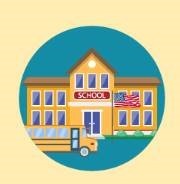
Daily Life and Coping: With the Household, Stress, Children, Animals
https://www.cdc.gov/coronavirus/2019-ncov/daily-life-coping/index.html
Guidance for Schools and Child Care Programs: Before and During an Outbreak
https://www.cdc.gov/coronavirus/2019-ncov/community/schools-childcare/index.html
For Child Care Programs That Remain Open
https://www.cdc.gov/coronavirus/2019-ncov/community/schools-childcare/guidance-for-childcare.html

Why You Should Serve Family Style
Family style dining encourages learning and development not only at the table but away from mealtime as well. Children learn independence, social skills, and other important habits that will last them
through adulthood.
Get your handout here: https://www.cacfp.org/files/4415/3512/5506/Family_Style_Dining_Tips.pdf

Tennessee Early Childhood Training Alliance (TECTA)
Child Development Associate (CDA) Credentialing
A CDA is a Child Development Associate credential that recognizes an individual’s knowledge of child development and skills when working with young children. The Council for Professional Recognition in Washington, DC awards this credential to individuals who have completed training and other requirements. Any Tennessee resident who works in a state regulated early childhood facility in Tennessee is eligible for TECTA assistance.
To learn more about becoming a CDA and TECTA’s process, you may go online here: https://www.tecta.info/tecta-services/child-development-associate-cda/
OR
Call (615) 277-1697

Home at Head Start: Helping Families Experiencing Homelessness Access Head Start Services
The Home at Head Start campaign challenges Head Start programs to enroll more children and families experiencing homelessness, to educate staff and reduce the stigma around homelessness.
Tennessee State Coordinator for the Education of Children and Youth Experiencing Homelessness National Center for Homeless Education at SERVE
Mr. Justin Singleton
McKinney-Vento Coordinator
Office of Consolidated Planning and Monitoring
710 James Robertson Parkway, 9th Floor
Nashville, TN 37243-0379
Phone: (615) 253-3101
Cell: (615) 917-3750
Fax: (615) 580-2036
Email: Justin.singleton@tn.gov
For resources: https://eclkc.ohs.acf.hhs.gov/blog/home-head-start-helping-families-experiencing-homelessness-access-head-start-services

COVID-19: Protecting Children
and Ourselves
New course available in On Demand!
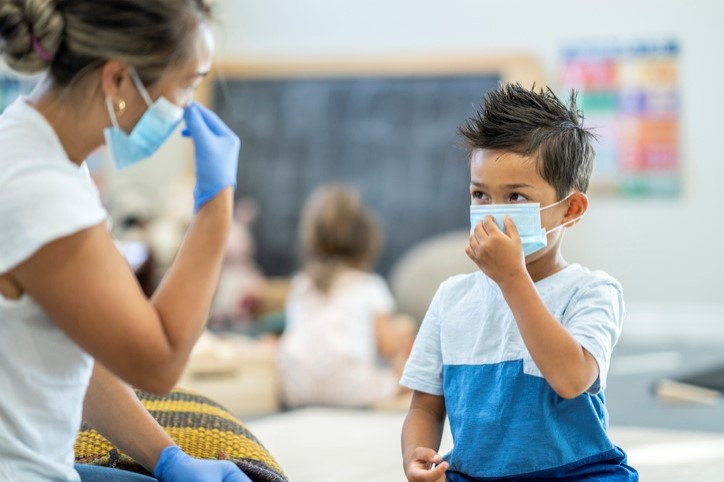
Due to the COVID-19 pandemic, child care providers must pivot quickly and make changes to their policies and procedures, specifically those targeting health and safety, to protect children and themselves. The COVID-19 pandemic has also created a need for increased attention to the mental health and well-being of both children and adults. This module provides information on the Centers for Disease Control and Prevention (CDC) guidelines specific to child care programs and offers insight into trauma-informed approaches to meet the current needs of children and their caregivers. (K7 C1, CDA1) 4 hours
Find out more and sign in to see this new course in BKC's On Demand!

The National Heart, Lung, and Blood Institute (NHLBI), a part of the National Institutes of Health, released updates to the national guidelines for the diagnosis, management, and treatment of asthma today.
The 2020 Focused Updates to the Asthma Management Guidelines are published in the Journal of Allergy and Clinical Immunology and is now posted on the NHLBI website. The report, coordinated and supported by the NHLBI’s National Asthma Education Prevention Program, is designed to improve patient care and support informed decision making about asthma management in the clinical setting in six priority areas of asthma care.
Check out the updated guidelines and the following related resources via our digital toolkit:
- Clinician’s Guide
- At-A-Glance Guide
- 7 Fact Sheets
- Updated Asthma Action Plan
- News Release
- And More!

